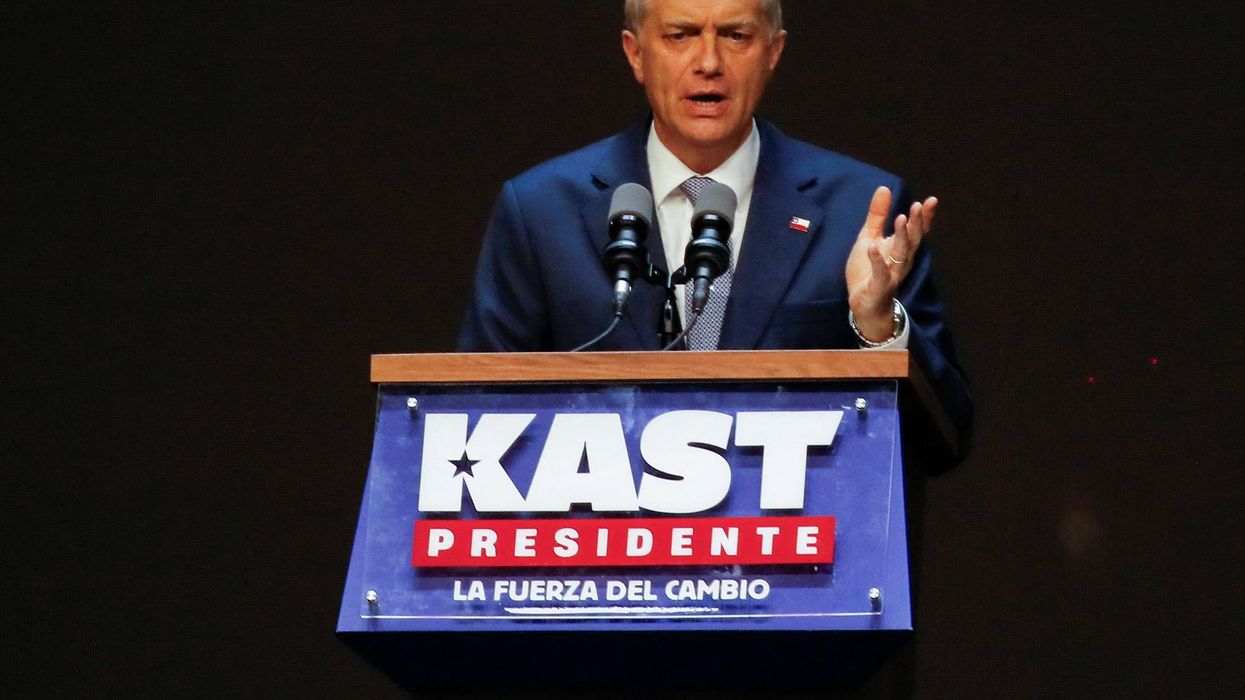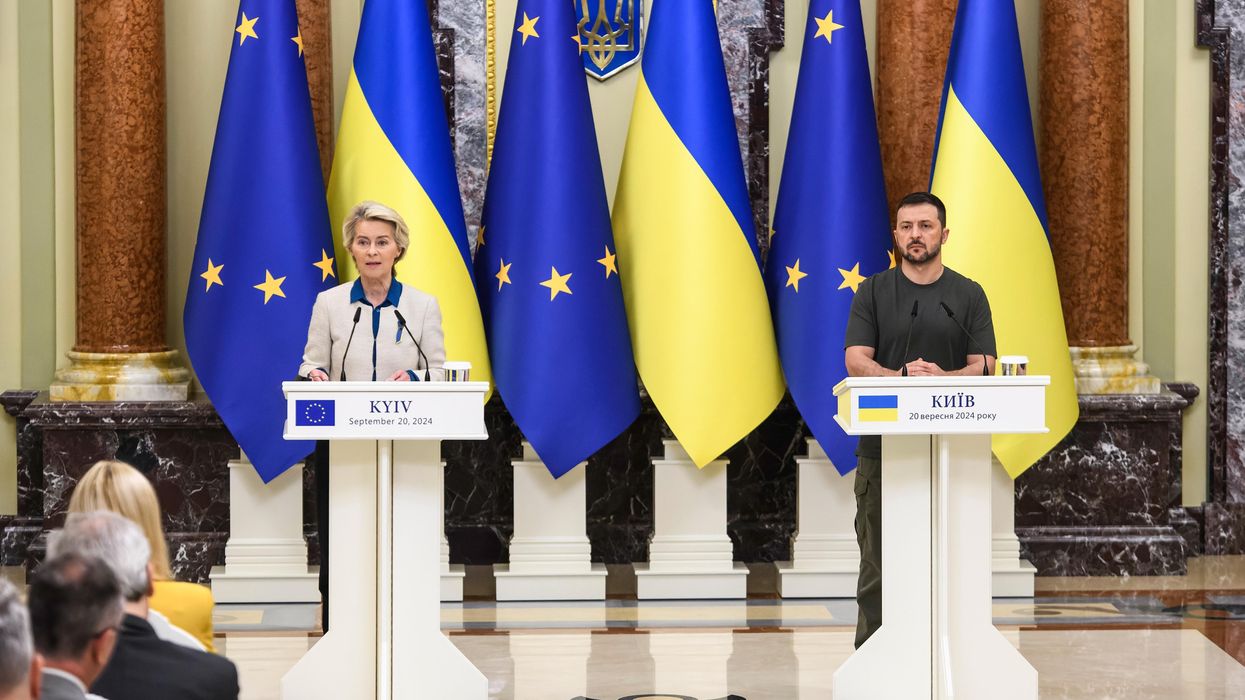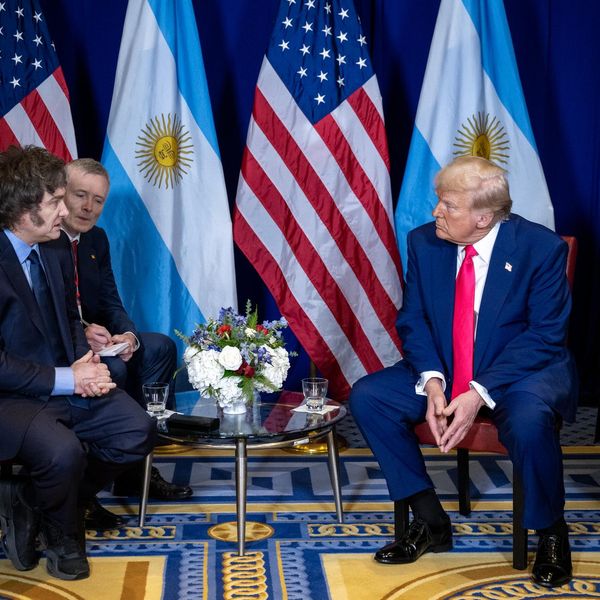In a highly-anticipated speech Monday, the Biden administration’s top trade official, Katherine Tai, outlined a new policy on trade with China following a comprehensive, months-long review. In fact, the biggest takeaway from the speech is that there is not really a new approach at all –- tariffs on roughly $250 billion worth of imports left in place by the Trump administration are here to stay, with no indication if or when they might be lifted.
This does not mean that talks between the two sides are dead, or that there is no hope of progress at some point in the future. Following a five-month hiatus, Tai will hold talks with her Chinese counterpart Liu He in the coming days, when the two will discuss Beijing’s progress in meeting the terms of the “phase one” trade deal struck by the Trump administration in January last year. That deal, parts of which are set to expire by the end of December, saw Beijing commit to $200 billion worth of additional imports from the United States, as well as progress on intellectual property protections and forced technology transfer.
The U.S. Trade Representative’s commitment to continued dialogue, and the fact that she did not accuse China of outright failing to live up to the deal, was received warmly by some in Beijing, reported the Wall Street Journal.
Where the trade relationship goes from there depends on the nature of those talks and how satisfied Washington is with Beijing’s progress on its commitments, Tai said. In the meantime, tariffs are to remain in place as a source of leverage, and could be bolstered by additional rounds as deemed necessary. Both Tai and other administration officials, speaking on background to the press, repeatedly stressed that “we are not taking any tools off the table” as they navigate the coming months. However, Tai did address one major concern among the U.S. business community by announcing that a targeted, tariff-exemption process would be reestablished to “ensure that the existing enforcement structure optimally serves our economic interests.”
Beyond enforcing the phase one deal, Tai offered only small hints at where the administration’s long-term thinking lies. She noted that the deal “did not meaningfully address the fundamental concerns that we have with China’s trade practices and their harmful impacts on the U.S. economy,” pointing in particular to Beijing’s widespread use of industrial subsidies. These broader sticking points would be raised in Tai’s upcoming dialogue with Liu, but the administration has no plans to enter another round of negotiations to realize something like a “phase two” deal, one of the unnamed senior officials who briefed the press Monday told reporters.
This is partly because “we recognize that China simply may not change and that we have to have a strategy that deals with China as it is, rather than as we might wish it to be,” the official continued. Referring to future engagement on issues such as industrial subsidies, Tai said that “our objective is not to inflame trade tensions with China” –- a welcome statement which seems to recognize that securing deeper reforms to China’s economic model would require even more destabilizing pressure than has already been brought to bear.
Rather, Washington needs “a new, holistic, and pragmatic approach in our relationship with China” that charts “a new course to change the trajectory of our bilateral trade dynamic,” said Tai. She did not go into much detail on what exactly this might entail, beyond reiterating the administration’s well-worn desire to engage China from a “position of strength” by working hand-in-hand with U.S. allies and partners while investing in the sources of economic competitiveness at home through infrastructure and innovation policies. Some in Beijing received this part of the speech negatively, another sign of American arrogance, said the Wall Street Journal.
This raises two possibilities for the future. First, Beijing could follow through on its phase one commitments, at least to a degree that meaningfully satisfies the Biden administration. This could open up space for the two sides to chart out what the post-phase-one status quo should look like –- which would likely include the elimination of most if not all of the remaining tariffs, along with possible compromises from Beijing on its use of industrial subsidies.
The more likely outcome is that the two sides do not reach such a modus vivendi, either because Beijing fails or chooses not to fulfill the phase one deal, it proves too committed to its industrial and state-centric policies for Washington’s liking, or tensions in other areas of the relationship poison any substantial progress on trade. In this scenario, the two sides could reach a cold truce, including the possibility that some tariffs remain in place for the foreseeable future, while the Biden administration shifts away from trying to change China’s behavior to a more modest strategy centered on adaptation and mitigation.
Tai’s remarks offered some indication that this is where the administration’s thinking is headed. She put forward a new phrase to frame the future of the trade relationship -- “durable coexistence” -- and said this would require “taking all steps necessary to protect ourselves against the waves of damage inflicted over the years through unfair competition.” Tai added that “we need to be prepared to deploy all tools and explore the development of new ones, including through collaboration with other economies and countries.”
The upsides of the first outcome are obvious: removing tariffs would allow trade to return to normal and eliminate a major irritant for Beijing, thereby creating a source of momentum and goodwill that might allow for progress and a cooling of tensions in other areas of the relationship. But, overlooking the possibility that some tariffs might remain, there are some hidden upsides in the second outcome as well.
Setting out on a crusade to fundamentally alter China’s economic model was not only always going to be a difficult, costly, and losing battle, but also a contradictory one. The United States has found itself in a heated debate since the 2016 election about the type of economic model it wants to pursue in an era of rising inequality and declining opportunity. Mainstream figures in both political parties have warmed to the idea of greater state involvement in the economy as one solution, while the Biden administration itself has embraced exactly what it criticizes China for using: state-driven industrial policies.
In this soul-searching context, it never made sense for Washington to be imposing standards on China or anyone else, and even less sense for China to accept or submit to them. And more broadly, insofar as Chinese power is going to be a permanent fact of life, finding less confrontational and ambitious means of adapting to that reality rather than resisting it would be a good organizing principle for U.S. policy towards China in general.
However, the devil is in the details on whether the approach hinted at by Tai would indeed help heal the U.S.-China relationship, or end up harming it. Last week, Commerce Secretary Gina Raimondo told CNBC that “If we really want to slow down China’s rate of innovation, we need to work with Europe.” If adapting to a new status quo of “durable coexistence” includes building out coalitions that seek to exclude, isolate, or “slow down” China’s economy, then this effort will become just another front in the emerging “new Cold War.” If, on the other hand, this approach seeks to create space for genuine coexistence, then it could be a key step toward slowing down the drift toward that Cold War.
















